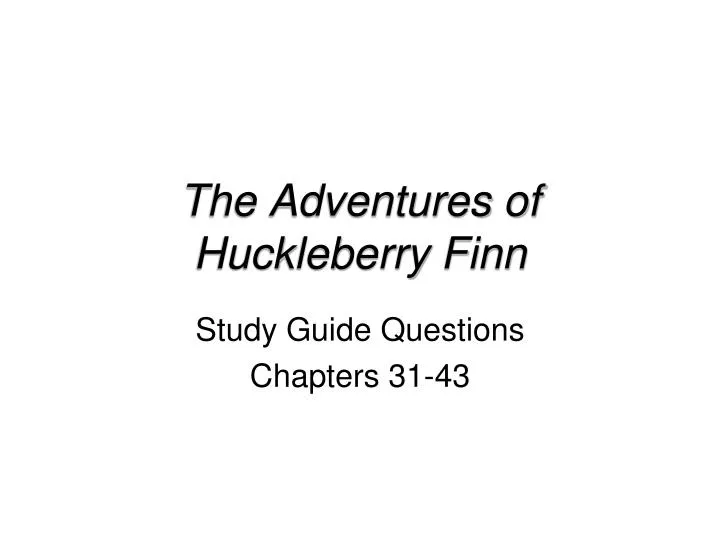

He collects enough tickets to earn a prized Bible from the teacher, despite being one of the worst students in the class and knowing almost nothing of Scripture, eliciting envy from the students and a mixture of pride and shock from the adults. Later, Tom trades the trinkets with students in his Sunday school class for tickets, given out for memorizing verses of Scripture. Tom cleverly persuades several neighborhood children to trade him small trinkets and treasures for the "privilege" of doing his tedious work, using reverse psychology to convince them of its enjoyable nature. When Aunt Polly catches him sneaking home late on a Friday evening and discovers that he has been in a fight, she makes him whitewash her fence the next day as punishment.

A fun-loving boy, he frequently skips school to play or go swimming. Petersburg, Missouri, sometime in the 1840s. Tom Sawyer is an orphan who lives with his Aunt Polly and his half-brother Sid in the town of St. Illustration from the 1876 edition by artist True Williams. Plot Tom Sawyer, 1972 US commemorative stamp showing the whitewashed fence. It was one of the first novels to be written on a typewriter. Though overshadowed by its 1884 sequel, Adventures of Huckleberry Finn, the book is considered by many to be a masterpiece of American literature. Originally a commercial failure, the book ended up being the best selling of Twain's works during his lifetime. In the novel, Tom Sawyer has several adventures, often with his friend Huckleberry Finn. Petersburg, which is based on Hannibal, Missouri, where Twain lived as a boy. It is set in the 1840s in the town of St. The Adventures of Tom Sawyer (also simply known as Tom Sawyer) is an 1876 novel by Mark Twain about a boy growing up along the Mississippi River. The Adventures of Tom Sawyer at Wikisource


 0 kommentar(er)
0 kommentar(er)
